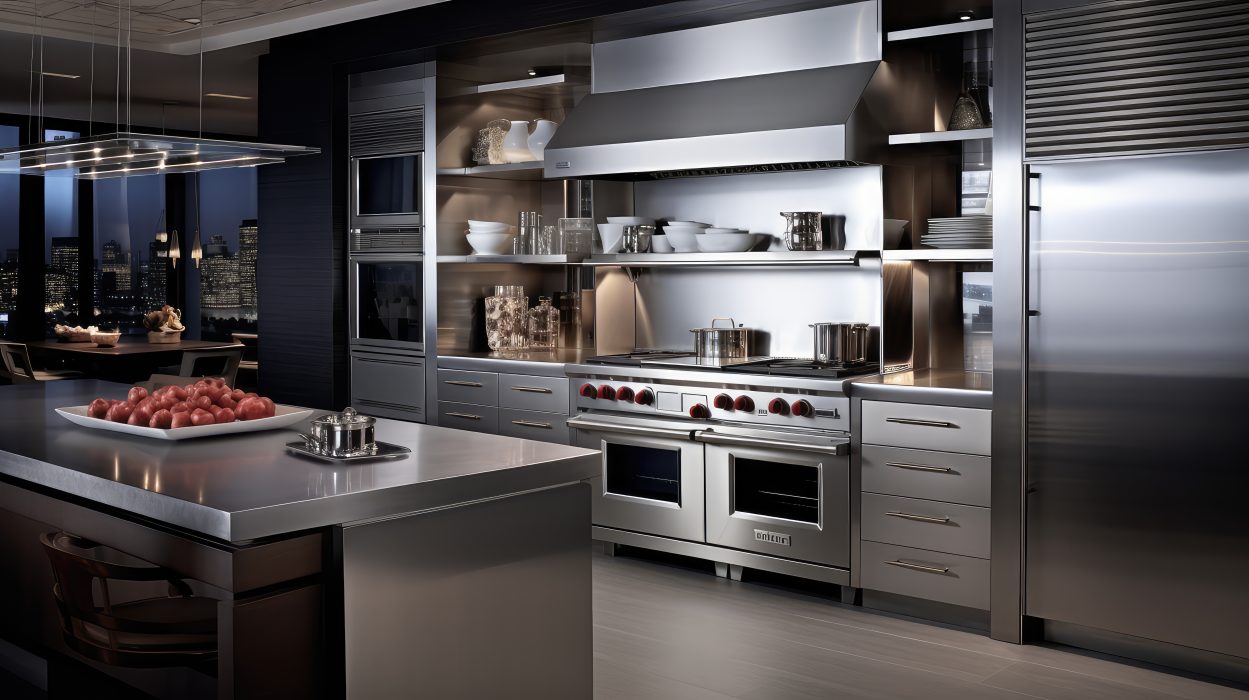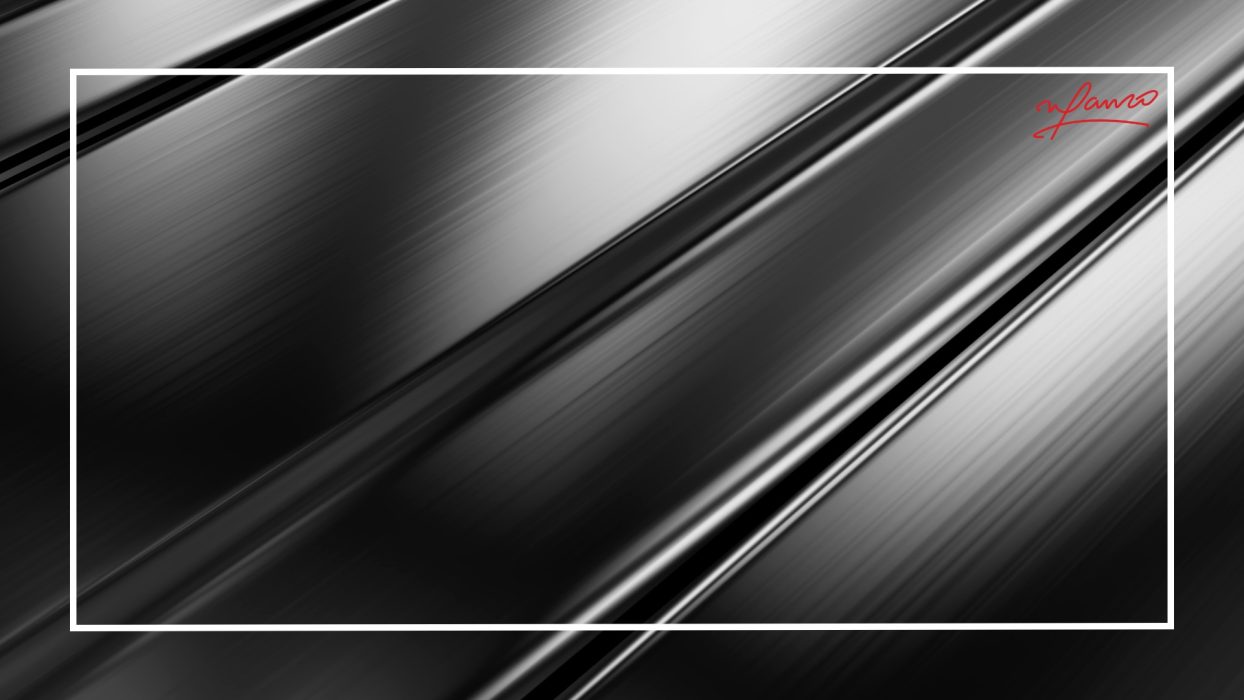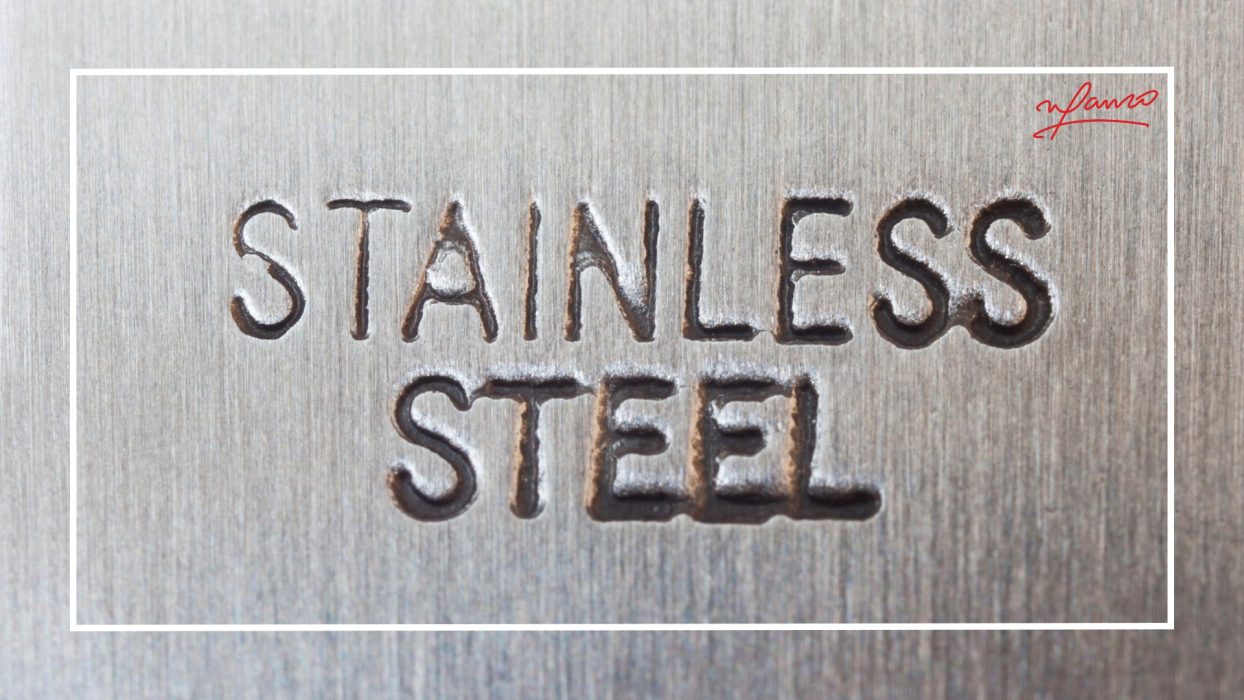The best stainless steel plates are chosen for reliability, corrosion resistance, and long-term durability. Whether you are designing a food plant, marine structure, or chemical equipment, the right stainless grade ensures smooth performance and minimal maintenance. This guide explains what defines a top-quality stainless steel plate, the key grades and finishes, and why Namco Industries is trusted by engineers and fabricators across India.
What makes a stainless steel plate the best
A premium stainless steel plate combines chemistry control, clean surface finish, and tight dimensional accuracy. Look for these characteristics:
-
Stable chromium and nickel content that maintains corrosion resistance.
-
Low carbon levels (in “L” grades) to prevent sensitization during welding.
-
Precise rolling and leveling for excellent flatness and thickness uniformity.
-
Smooth, defect-free surface suitable for polishing or coating.
-
Mill Test Certificates (EN 10204 Type 3.1) for full traceability.
-
Optional finishes and coatings for architectural or hygienic use.
Grades that define the best stainless steel plates
304 / 304L – The universal stainless grade for food, beverage, and general service. Excellent weldability and cleanability.
316 / 316L – Superior pitting and chloride resistance for marine and chemical environments.
310S – Retains strength and oxidation resistance at high temperature.
409 / 410 – Utility and heat-resistant grades for automotive and industrial uses.
904L – Premium high-nickel grade for aggressive chemical environments.
Duplex 2205 – Combines strength and chloride stress corrosion cracking resistance.
Each grade serves a purpose — the best plate is the one aligned with your environment and process conditions.
For grade comparisons and size details, visit our Stainless Steel Plates page.
Key advantages of top-quality stainless steel plates
-
Excellent corrosion resistance across wet, marine, and chemical services.
-
High strength-to-weight ratio for durable, lighter designs.
-
Outstanding hygiene due to smooth, nonporous surfaces.
-
Temperature versatility from cryogenic to heat service.
-
Aesthetic value for architectural and public-facing structures.
-
Low maintenance and long lifecycle that reduce downtime and repaint costs.
-
Recyclable and sustainable — stainless steel supports green construction goals.
Common applications across industries
Food and Beverage: Tanks, conveyors, hoppers, and cleanable contact surfaces.
Chemical and Petrochemical: Process vessels, reactors, ducting, and heat exchangers.
Pharmaceutical: Cleanroom panels, storage systems, and process equipment.
Marine and Offshore: Ship fittings, platforms, ladders, and decks exposed to chlorides.
Architecture and Interiors: Facades, elevators, decorative panels, and railings.
Power and Energy: Boiler casings, exhaust systems, and turbine components.
Finishes that enhance performance and appearance
Finish quality affects both hygiene and look. Choose the finish that fits your project:
-
No. 1: Hot rolled, annealed, and pickled for industrial service.
-
No. 2B: Smooth cold-rolled finish for cleanable surfaces.
-
No. 4: Brushed satin finish for decorative or visible parts.
-
BA (Bright Annealed): Mirror-like finish for architectural or reflective uses.
If hygiene matters, specify a surface roughness below 0.8 µm Ra to support CIP and washdown cleaning.
Fabrication and welding notes
-
Use dedicated stainless tools to avoid contamination from carbon steel.
-
Protect surfaces during handling and storage.
-
Back-purge welds on 300-series grades to maintain clean roots.
-
Remove heat tint, then pickle and passivate to restore corrosion resistance.
-
Follow controlled heat input for duplex and high alloy grades.
Tolerances and documentation that define quality
-
Thickness and flatness held to international plate tolerance standards.
-
EN 10204 Type 3.1 Mill Test Certificates listing chemical composition and mechanical results.
-
Surface finish declaration when hygienic or aesthetic requirements apply.
-
Third-party inspection support for client or EPC projects.
Frequently asked questions
1. Which grade is best for coastal or marine environments?
316L or Duplex 2205 offers the best chloride resistance.
2. Are stainless plates suitable for food-grade applications?
Yes. 304 and 316L plates are food-safe and widely used in hygienic plants.
3. Do stainless steel plates rust?
When correctly specified, fabricated, and maintained, they resist rusting. Surface contamination or improper cleaning can compromise protection.
Why choose Namco Industries
Namco Industries is one of India’s trusted stainless steel plate suppliers and manufacturers, serving diverse industries with certified grades, precision rolling, and reliable documentation. Every plate passes strict inspection, carries full traceability, and ships on schedule.
Conclusion
The best stainless steel plates combine corrosion resistance, strength, and aesthetics — but true value lies in consistent quality and service. Choose a supplier that controls every step from production to paperwork. Ready to check stock and lead times?
Click Here to share your requirement and receive a precise RFQ from Namco Industries today.



